Multi-camera remote production takes place outside of a studio context. Advances in broadcast technology have enabled production teams to create high-quality content from multiple remote locations. This production type involves video streaming, cloud computing, and other digital tools to capture and transmit live video feeds from multiple cameras in different locations.
Remote production is becoming increasingly popular as it allows for greater flexibility and cost savings compared to traditional studio productions. It also enables producers to access a wider range of talent and locations and create more engaging content.
Remote production is used in various applications, including live sports broadcasts, news coverage, corporate events, and music videos. It can also be used for virtual reality (VR) and augmented reality (AR) experiences. In each case, the production team can capture multiple angles of the event or performance from different locations.
Remote production allows for up to 70% cost savings by eliminating the need for satellite trucks and on-site production. For example, Broadcast Management Group provides reliable, high-quality remote broadcasting of live events from a centralized studio control room.
The use of remote production reduces travel expenses and equipment shipping costs.
A studio-based remote production method
Live production in the studio involves encoding SDI feeds in the field and transferring them via IP. With traditional SDI systems, production is conducted as though the cameras were on the same premises as the studio.
The studio-based remote production method allows for a more efficient workflow and greater flexibility. It also eliminates the need for expensive satellite trucks and on-site personnel. The production team can control all aspects of the broadcast from a single location, including audio, video, graphics, and other elements.
The studio-based remote production method is ideal for live events such as sports broadcasts, news coverage, corporate events, and music videos.
Making remote productions possible
Production costs can be reduced, while remote production can increase productivity.
With fewer resources and better live content, IP-based products enable remote production scenarios worldwide. With moderate bandwidth requirements, composited multi-viewer video is streamed to the production center.
The time the remote location receives the control signal varies based on the distance from the production center.
Remote production also requires reliable and secure connections between the remote location and the production center. This is achieved through dedicated networks, such as fiber optics or satellite links. In addition to reliable connections, remote production requires a high-quality video encoder to capture and transmit video feeds in real time. IP technology enables high-speed and quality media transport with low latency over long distances.
It allows for efficient, secure, and proven remote production for easier resource allocation and cost savings.
When it makes sense to choose remote production, the cost will be an important factor.
Organize your production resources in one place
During the editing process, remote production allows for centralized control and quality.
The control of elements like sound, lighting, and power can be better achieved at a central facility since more people and technical resources are available. Personnel with proper skills and experience are critical to ensuring flexibility and efficiency in communication and response times.
Managing multiple productions simultaneously can also be accomplished with remote production, which saves production staff time and resources.
Resources and logistics can be optimized
Optimize resources and simplify logistics using a “dream team” of camera operators, editors, technical directors, and on-air talent. Enhance live coverage with remote multi-cam production.
It reduces travel costs and other expenses associated with staff travel by reducing the number of people needed to travel to the field. By removing tech hurdles and much of the cost associated with live production, Broadcast Management Group enables talent to tell their stories more easily.
REMI Remote Production Solutions
Remote production setup allows for the production of a live event from a remote location to a centralized production facility.
The REMI (Remote Integration) model allows for the control of all elements of the production from a central facility. This includes sound, lighting, power, and camera control. This setup is ideal for events that require multiple cameras, such as sports broadcasts, news coverage, corporate events, and television shows.
The REMI system allows broadcasters to produce multiple events simultaneously without sending trucks, crews, and equipment to multiple venues. However, Broadcast Management Group has multiple REMI vehicles that can operate as a mini remote studio. This allows for greater flexibility when filming events and shows that move to multiple locations frequently.
REMI enables you to cover more events and go live from anywhere with a proven and cost-effective set-up. Remote production models offer cost savings and efficiencies, such as reducing the movement of people and equipment, maximizing utilization, and reducing on-site set-up times.
Who can benefit from remote production broadcasting?
Remote production broadcasting can benefit various organizations and individuals, including broadcasters, sports leagues, corporate event organizers, television shows, news outlets, and more.
Some of the biggest names in broadcasting, such as ESPN, Fox Sports, and NBC Sports, have adopted REMI for their remote production needs. Music festivals, corporate events, and other live events have also benefited from the cost savings and increased production value that remote production offers.
Event production companies trust Broadcast Management Group to provide the highest quality remote production services. Our team of experienced professionals can help you create a successful remote production environment setup that meets your needs and budget.
Remote production broadcasting is a great way to save time, money, and resources while still providing high-quality content. It allows centralized production control of elements like sound, lighting, and power while optimizing resources and simplifying logistics. REMI solutions allow broadcasters to cover more events and go live from anywhere with a cost-effective setup.
To Conclude
In conclusion, remote production broadcasting is a great way to save time, money, and resources while still providing high-quality content. It allows centralized production control of elements like sound, lighting, and power while optimizing resources and simplifying logistics. REMI solutions allow broadcasters to cover more events and go live from anywhere with a cost-effective setup. This makes remote production an ideal solution for broadcasters, sports leagues, corporate event organizers, television shows, news outlets, and more.
Get in touch with Broadcast Management Group for your remote production REMI services needs today.
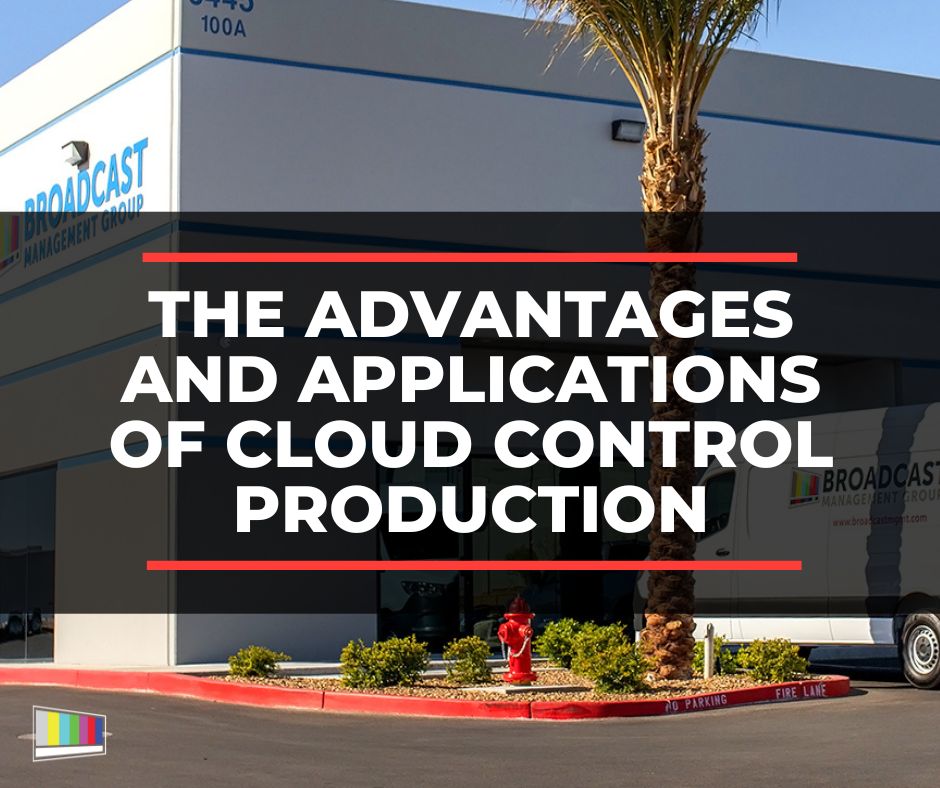

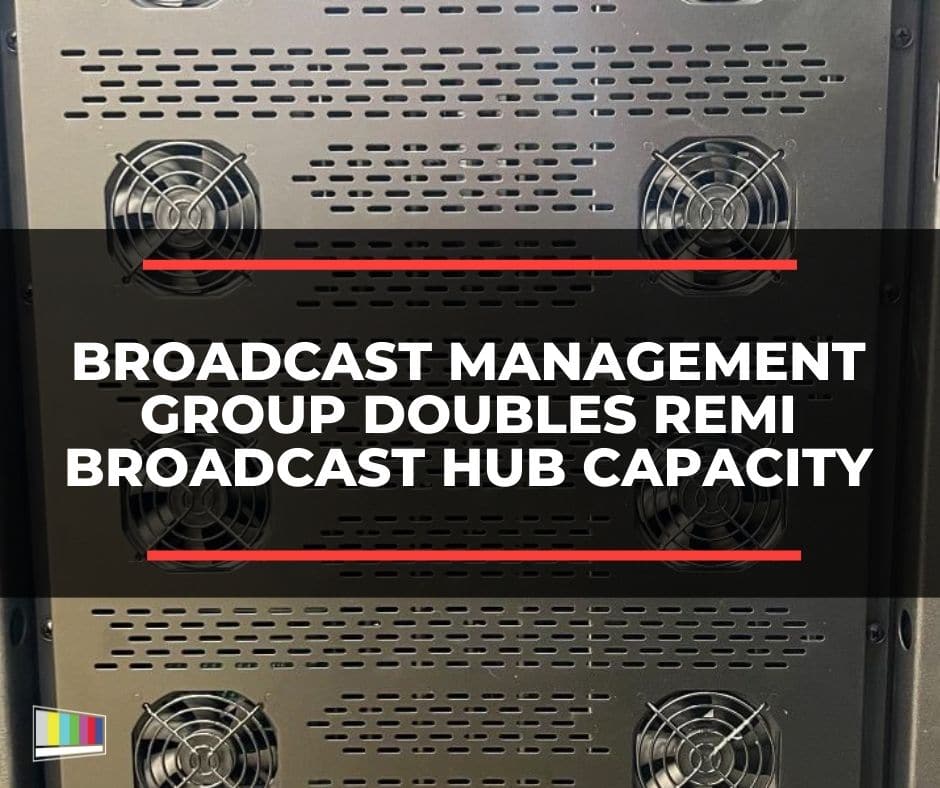


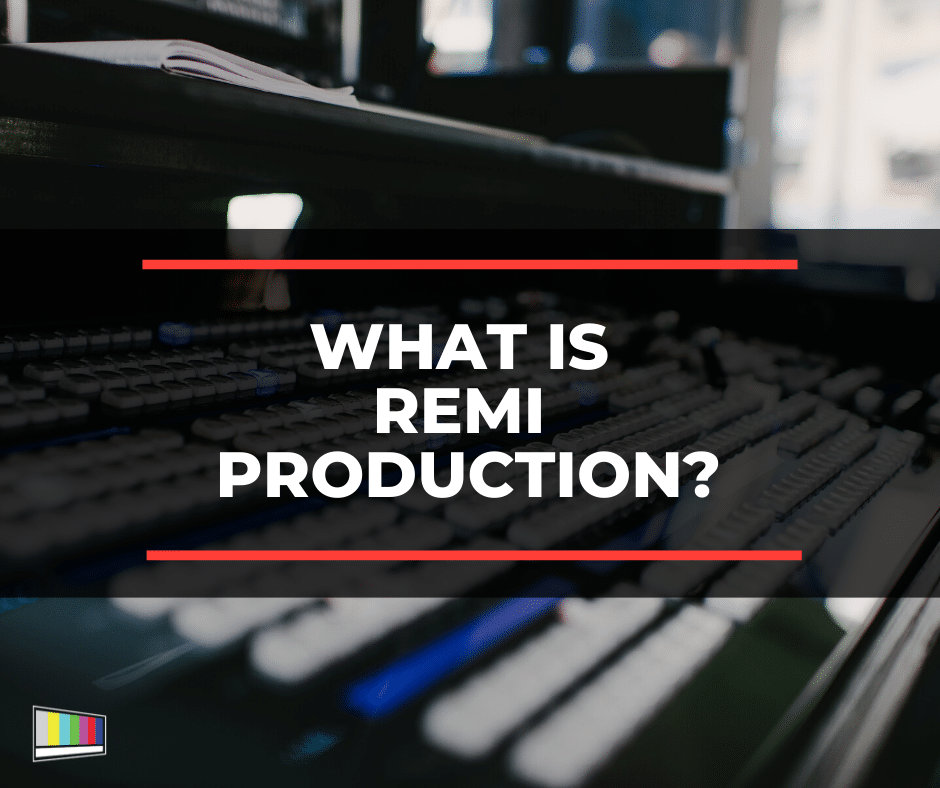
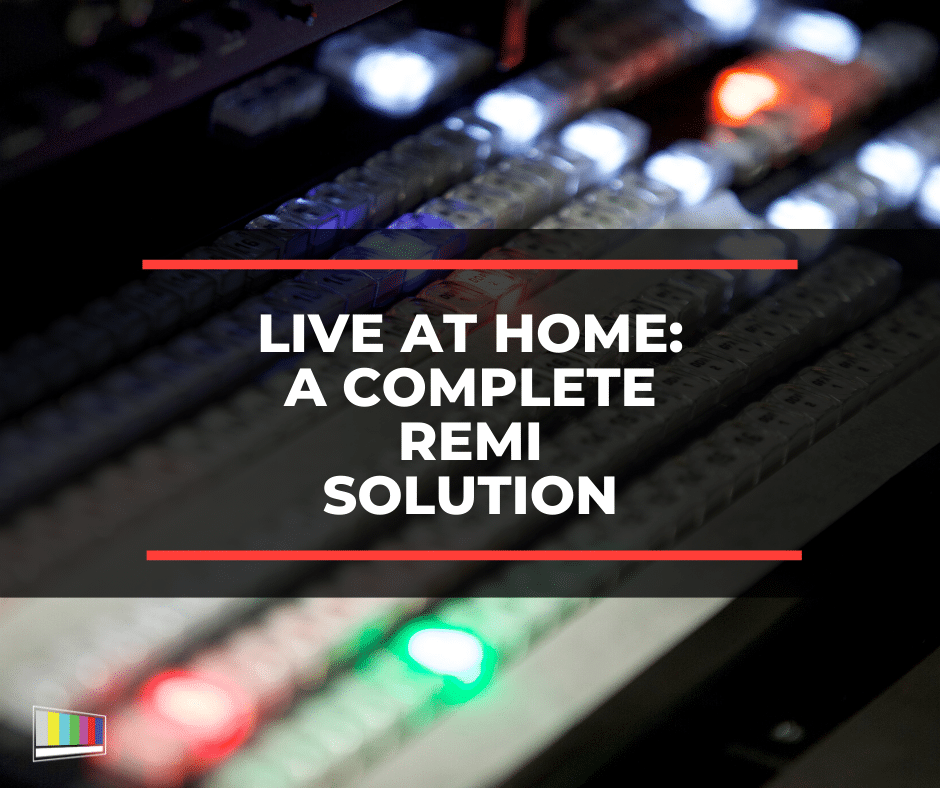
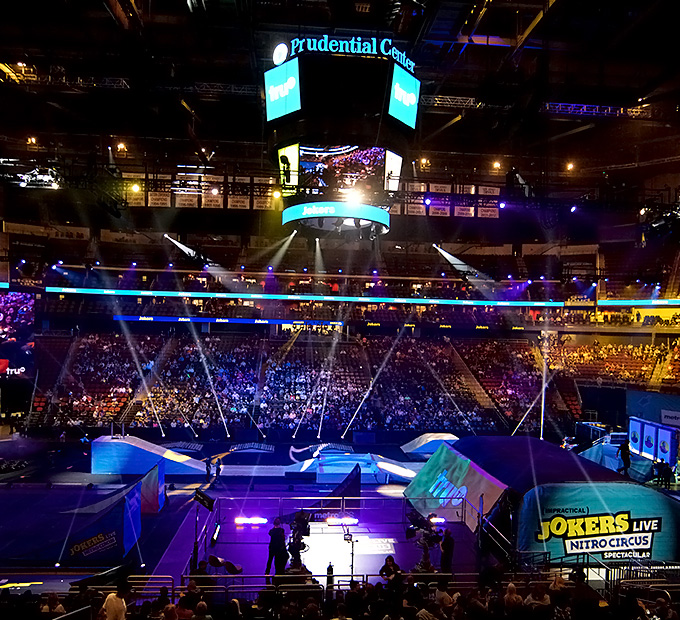

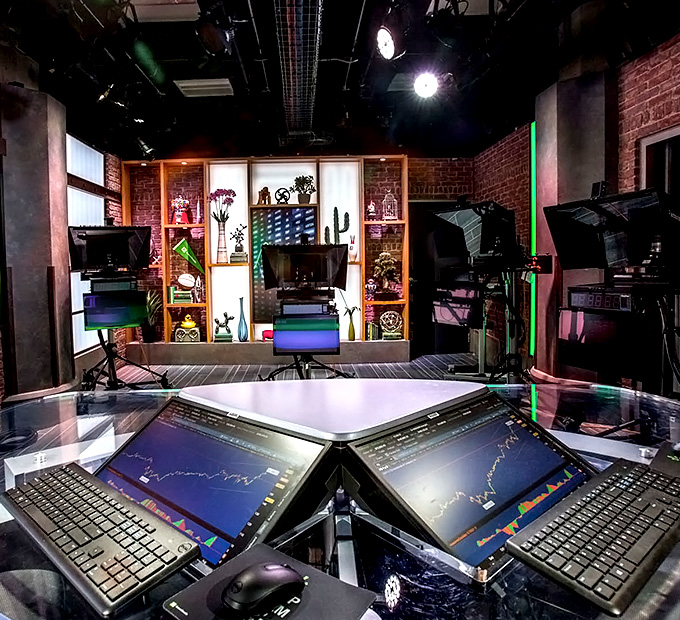


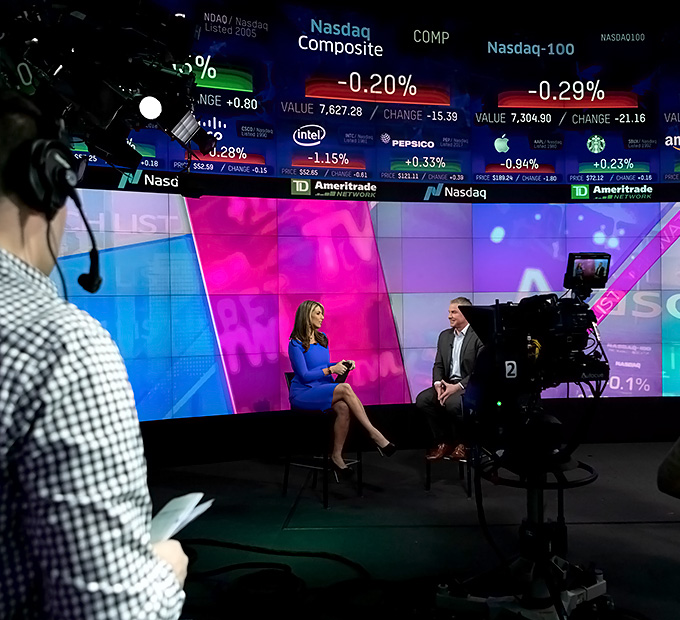
Leave a Reply